This Bugatti Type 35 D By Uedelhoven Studios Took Five Years To Complete
No, your eyes are not deceiving you. You're looking at a reborn version of Bugatti's iconic Type 35 racing car. Created by the folks at Uedelhoven Studios, this one-off model is officially known as the Type 35 D and is lower, sleeker, and lighter than the vintage model.
German design and engineering firm Uedelhoven Studios is not a big name in the car industry (at least not yet), but it's responsible for penning luscious concept cars like the Audi AI:ME, Hyundai Prophecy, and the wedge-tastic Hyundai 45. The firm started work on the Type 35 D in 2015.
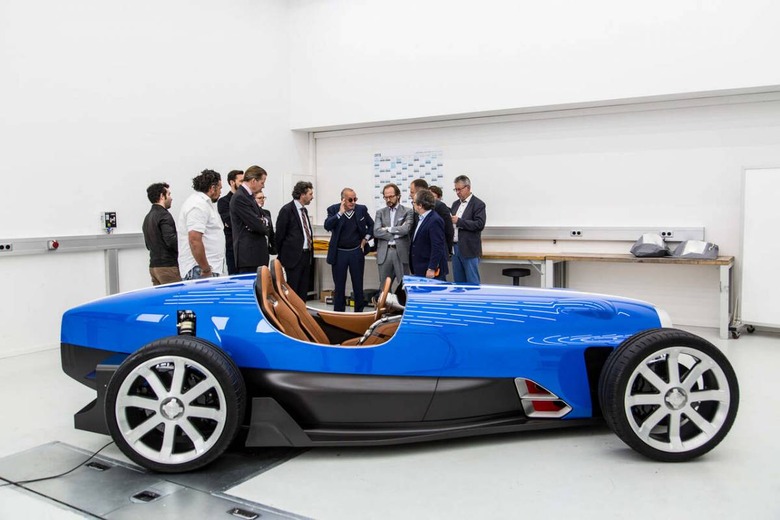
The premise in creating Type 35 D is reimagining Bugatti's most successful racing car into the 21st century. And unlike Bugatti Baby II, this Type 35 D is a full-scale version of Bugatti's most famous racing car. The vintage model's familiar design cues are there to see, including Bugatti's legendary horseshoe grille, tapering body design, and that light blue paint job.
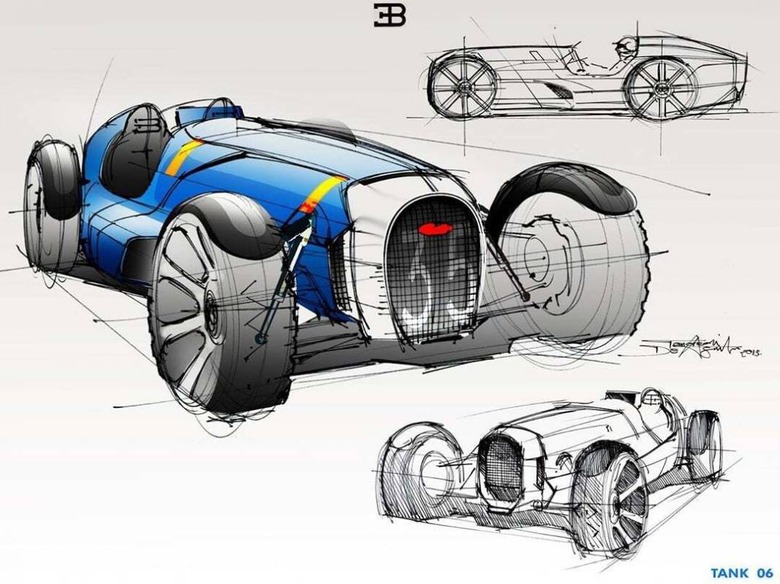
And like the original Bugatti Type 35, the reborn version has no headlights, while the exposed wheels and suspension components hark back to the 1930s. However, the new model has beefier wheels and tires to deliver a more aggressive vibe, while there's a new rear-mounted diffuser to help improve traction and high-speed handling.
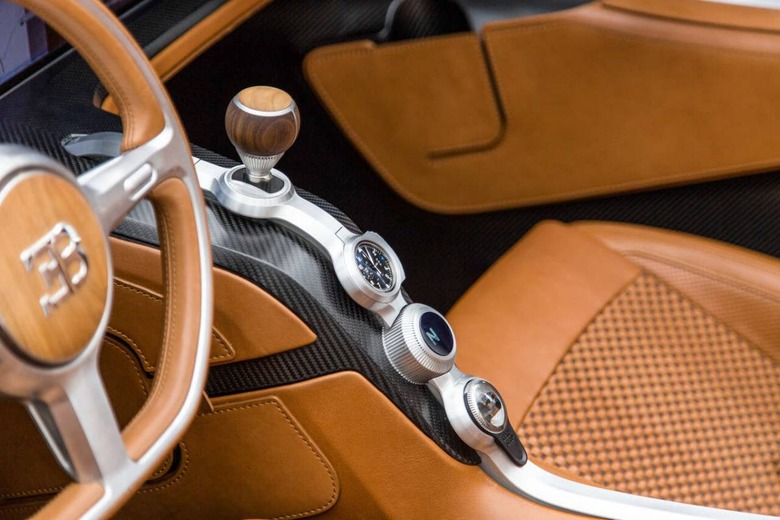
Inside, the driver and passenger can enjoy the Type 35 D's rich and lavish interior. Premium cowhide, wood, and carbon-fiber are the order of the day, while keen-eyed readers will notice the Chiron-inspired center stack. Meanwhile, the driver gets to stare at a vintage-inspired instrument cluster with round dials and a digital gear indicator.
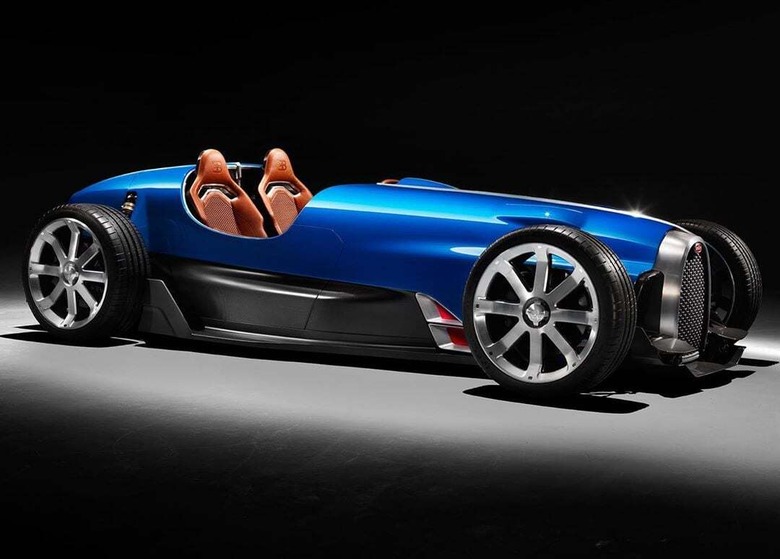
What's under the hood remains a mystery. The original Bugatti Type 35 inherited the Type 29's three-valve 2.0-liter straight-eight engine. With an overhead camshaft and bespoke ball bearing system, Bugatti's straight-eight can rev to 6,000 rpm and churns out 90 horsepower. It's not a lot of power for a big engine, but 90 horses are unheard of for a car in the late 1920s.
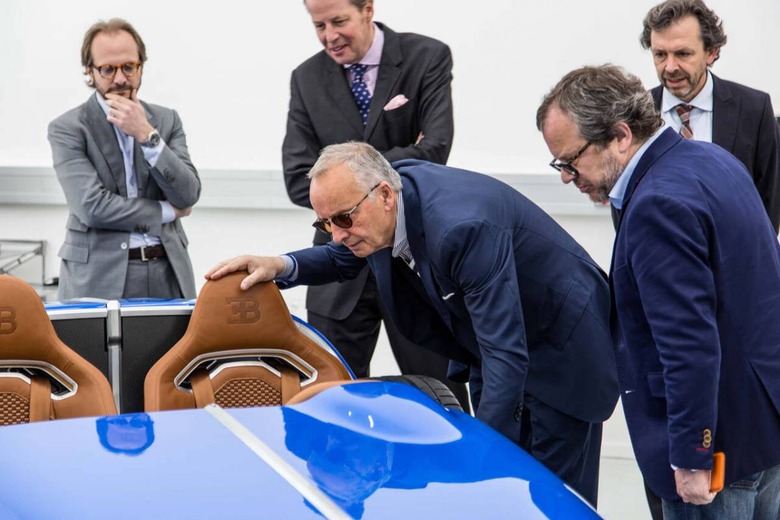
Ettore Bugatti was not a big fan of forced-induction, but the Type 35C came with a single Zenith carburetor and a Roots supercharger, raising the output to 128 horsepower. Bugatti's Type 35 won the grueling Targa Florio endurance race in 1925, while the Type 35 T took the crown in 1926, 1927, and 1928.
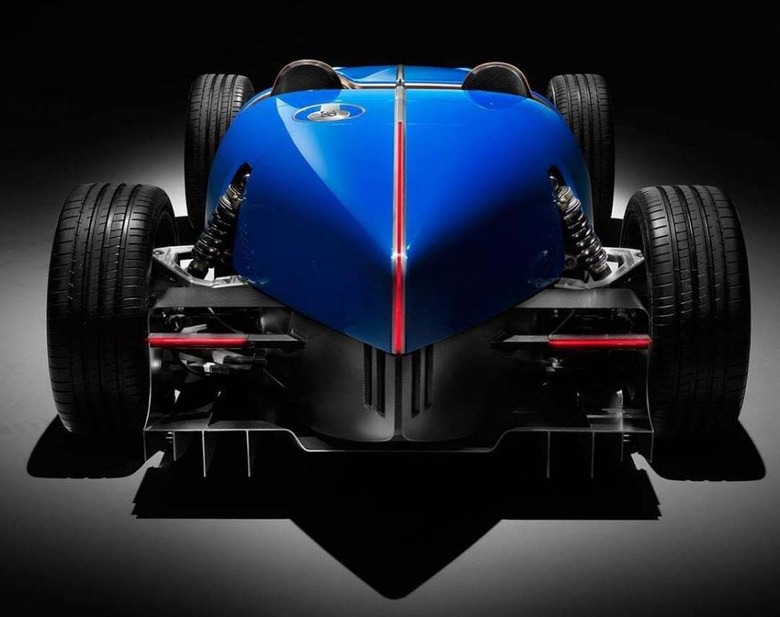
We have no word yet if Uedelhoven Studios' Bugatti Type 35 D concept will enter production, nor are we aware if this particular model is intended for racing. But as a one-off show car, it's one of the most desirable we've seen in a while.
